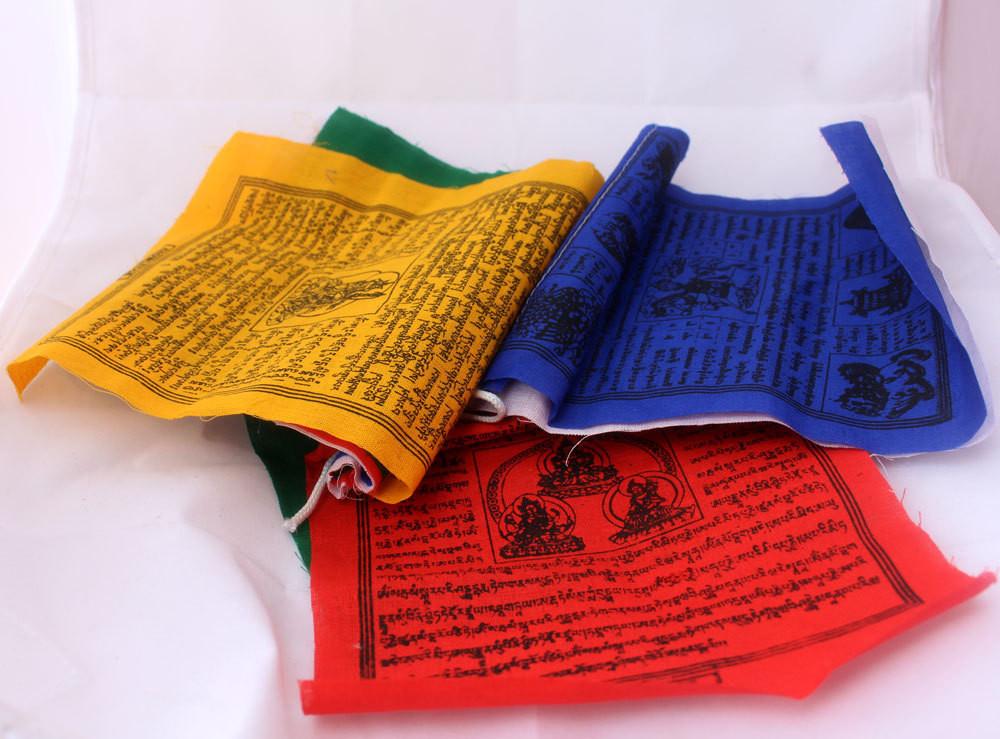
Meaning of colors in the prayer flags
Player flags are very important in definite region and cultural. A prayer flag is a colorful rectangular cloth. An important thing to know about player flags is the fact that each of the colors on the flags signifies a different fundamental. These fundamental include air, fire, water, and earth. To be more specific, Blue flags symbolize the elements sky or wind, white flags stand for the element of air, red flags indicative of fire, green color stand for water and nature and yellow symbolize earth. They also represent direction – North, South, East, West and Center.
Another important things about Prayer flags is that they are related with chanting the mediation “Om Mani Padme Hum”, which have a very deep meaning. Om=the sacred symbol, Mani=jewel, Padme=lotus, and Hum= spirit of enlightenment. This mantra does not have one certain meaning. It is blend of morals like compassion, ethics, patience, renunciation and wisdom. It means if you recite that mantra during meditation can cure things such as pride, jealousy, greed, aggression, and ignorance.
There are two types of flags: horizontal and vertical. It is insolent to have the flag touch the ground. If the colors dying from the flag, this means that the prayers have successfully been carried to where they were meant to go. The prayers flags become an eternal part of the universe as the image decline from contact to the elements. Just as life moves on and is changed by new life, Tibetans renovate their hopes for the world by frequently mounting new flags alongside the old. This act symbolizes a welcoming a life changes and an acknowledgement that all beings are part of a greater ongoing cycle.
Buddhist changed old prayers flags with new ones yearly on the Tibetan New Year. The symbols and mantra on prayers flags being blessed, tradition calls for treating them with respect. They should not be placed on the ground or used in clothing. Old prayers flags should be burnt. During the Cultural Revolution, the socialists discouraged prayers flags but still tolerated them. Many traditional designs may have been lost. Currently, different styles of prayers flags can be seen all across the Tibetan region. Most of the traditional prayers flags today have been made in Nepal and India by Tibetan Artisans or by Nepali Buddhists Artisans.
Laxmi Khanal

Leave a comment